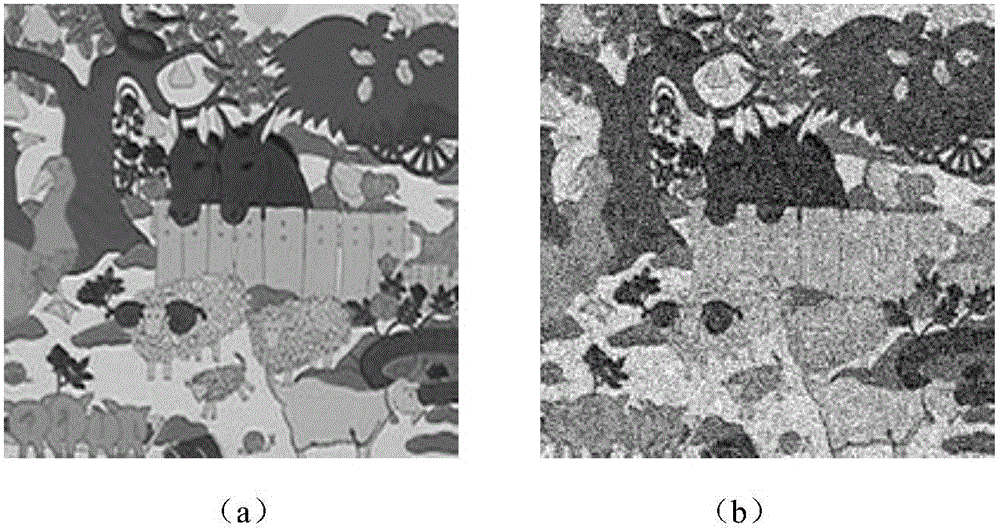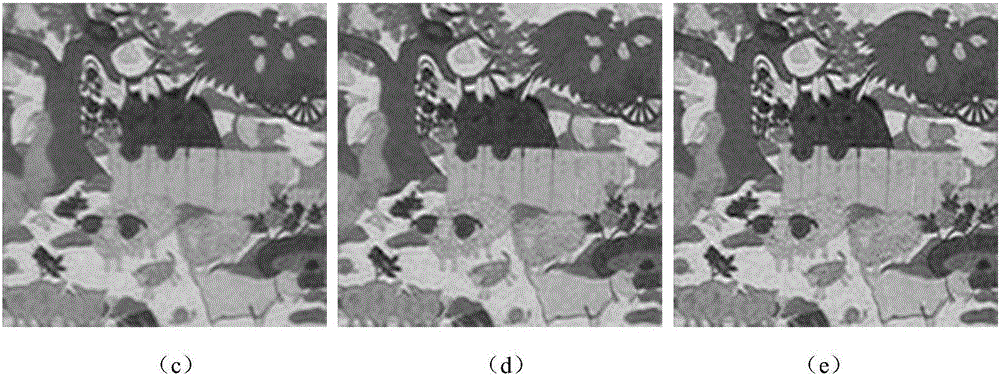A Layered Adaptive Threshold Video Denoising Method
An adaptive threshold and video technology, applied in the field of video denoising, can solve problems such as not being able to make good use of Surfacelet, high hardware, not making good use of transform domain coefficients, and direction information.
- Summary
- Abstract
- Description
- Claims
- Application Information
AI Technical Summary
Problems solved by technology
Method used
Image
Examples
Embodiment Construction
[0060] Below in conjunction with accompanying drawing, technical scheme of the present invention is described in further detail:
[0061] A hierarchical adaptive threshold video denoising method, such as figure 1 shown, including the following steps:
[0062] Step 1, input the noisy video, and perform Surfacelet transformation on the noisy video, and decompose it into 4 layers;
[0063] Step 2, use the median estimation method to estimate the standard deviation of the highest-layer directional subband noise in the Surfacelet transform domain:
[0064] σ 1 =median(|y(i,j,k)|) / 0.6745
[0065] In the formula, y(i,j,k) is a certain direction subband of the highest layer Surfacelet transform domain; i∈{1,2,3,…,I}, j∈{1,2,3,…,J} , k∈{1,2,3,…,K}; I, J, K are the length, width, and height of the subband, respectively;
[0066] Apply the Monte Carlo algorithm to estimate the standard deviation relationship of each layer of Gaussian white noise after Surfacelet transformation:
[...
PUM
 Login to View More
Login to View More Abstract
Description
Claims
Application Information
 Login to View More
Login to View More - R&D
- Intellectual Property
- Life Sciences
- Materials
- Tech Scout
- Unparalleled Data Quality
- Higher Quality Content
- 60% Fewer Hallucinations
Browse by: Latest US Patents, China's latest patents, Technical Efficacy Thesaurus, Application Domain, Technology Topic, Popular Technical Reports.
© 2025 PatSnap. All rights reserved.Legal|Privacy policy|Modern Slavery Act Transparency Statement|Sitemap|About US| Contact US: help@patsnap.com



